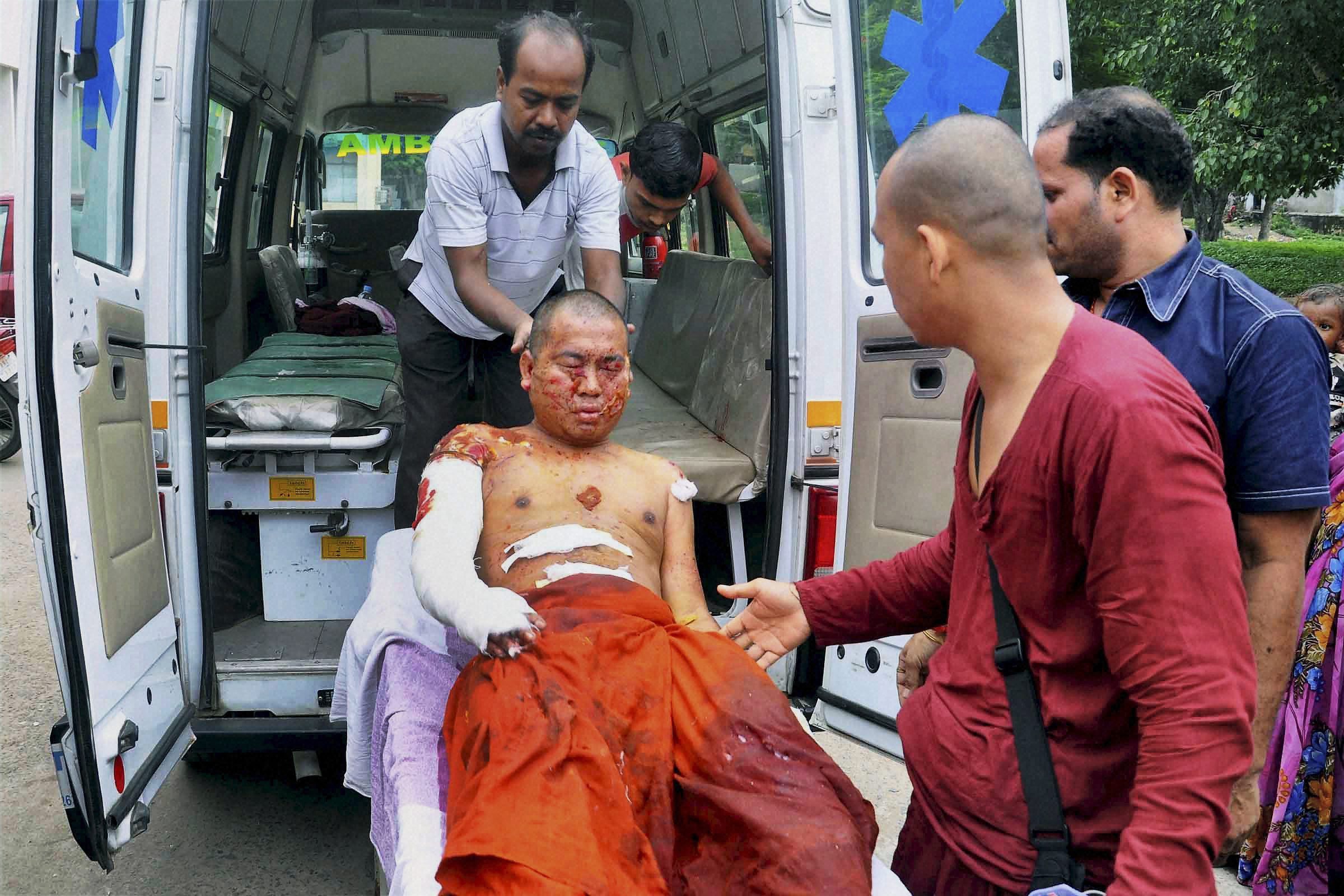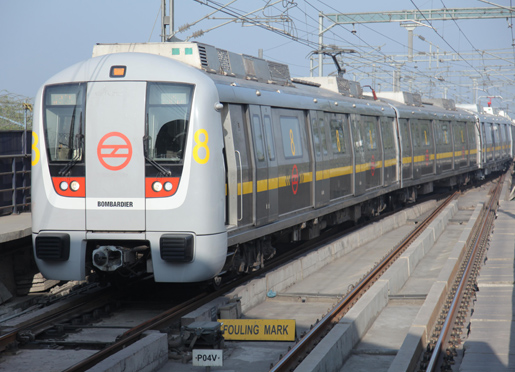
The BJP is basking in the glory of success. The party is having a dream run ever since it won the 2014 General Election with a thumping majority. That unprecedented electoral success was followed by its historic double victory in the Haryana and Maharashtra Assembly polls. While Narendra Modi and Amit Shah have been credited with taking the party to such dizzying heights, another powerful duo — Atal Bihari Vajpayee and Lal Krishna Advani — had been responsible earlier for a breakthrough of comparable dimensions. They had been the driving force behind the BJP’s entry into the consciousness of the Indian electorate at a time when the Congress enjoyed a virtual monopoly over political power.
The Congress had built itself upon the legacy of leaders such as Pandit Jawaharlal Nehru and Sardar Vallabhbhai Patel, who had worked with Mahatma Gandhi during the freedom struggle. The party had penetrated every nook and corner of the country. But Vajpayee and Advani were among those who worked tirelessly to come up with a political alternative for the people of India. Where the BJP stands today owes a lot to their efforts.
Both Vajpayee and Advani started their political career with the Bharatiya Jana Sangh (BJS), which was founded in 1951 as the political wing of the RSS. They played important roles in the struggle against the Emergency during 1975-77 and were imprisoned by the Indira Gandhi government. In 1977, the BJS merged into the Janata Party and the Congress was thrown out of power. Both Vajpayee and Advani became ministers in the new dispensation.
The Janata Party had a short life and was dissolved in 1979. The following year, Vajpayee and Advani employed their organisational skills to bring together the erstwhile members of the BJS and floated a new party, the BJP.
In the 1984 Lok Sabha election, the BJP could win just two seats. After that, under Advani’s leadership, the party began scaling new heights. Vajpayee was a fiery orator, while Advani was an excellent organiser. Vajpayee’s oratory attracted a large number of people towards the BJP. The peculiar mix of moderate and extremist Hindutva that the two leaders represented helped in the growth of the party’s popularity. With slogans such as Atal-Advani kamal nishan, maang raha hai Hindustan (The nation wants Atal, Advani and the lotus symbol), the party managed to increase its tally to 89 seats in the 1989 General Election.
Advani launched his rath yatra during the peak of the Ram Mandir movement and created a nationwide stir in favour of the BJP. With this, he earned his image as a Hindutva hardliner, while Vajpayee became the moderate face of the BJP. In his autobiography, My Country, My Life, Advani refers to this phase of his life as highly satisfying.
The duo worked wonders for the party. In 1996, Vajpayee was sworn in as the prime minister, but had to resign after 13 days as the BJP could not cobble together a majority on the floor of the House. After the mid-term polls in 1998, he became the prime minister again, this time as the leader of the NDA. Advani and Vajpayee were credited for having brought together more than two dozen political parties to form the NDA, all of whom had full faith in the duo. This government lasted 13 months.
In the 1999 General Election, the BJP won 183 seats and Vajpayee became the prime minister for the third time. Advani was appointed the deputy prime minister and home minister. For the first time in the history of Independent India, a non-Congress government completed a full five-year term at the Centre in 2004.
During all this, not a single instance of personal strife between the two was reported. Political experts believe that the precedent of coordination and cooperation the duo established will be remembered for a long time. In addition to staying relevant and influential, they also worked hard at nurturing a second generation of leaders. That’s why where leaders like Lalu Prasad Yadav, Mayawati, J Jayalalithaa, M Karunanidhi, Naveen Patnaik and Mamata Banerjee are facing a legacy crisis, the BJP has a long line of efficient leadership, including Modi, Rajnath Singh, Sushma Swaraj and Arun Jaitley.
The duo is no longer politically active with Vajpayee retiring a decade ago owing to failing health and Advani becoming part of the BJP’s newly-formed Margdarshak Mandal. While the party owes its current spell of success to Modi and Shah, the contributions of Vajpayee and Advani to its journey to the top of Indian politics can neither be denied nor ignored.
Translated from Tehelka Hindi by Naushin Rehman




